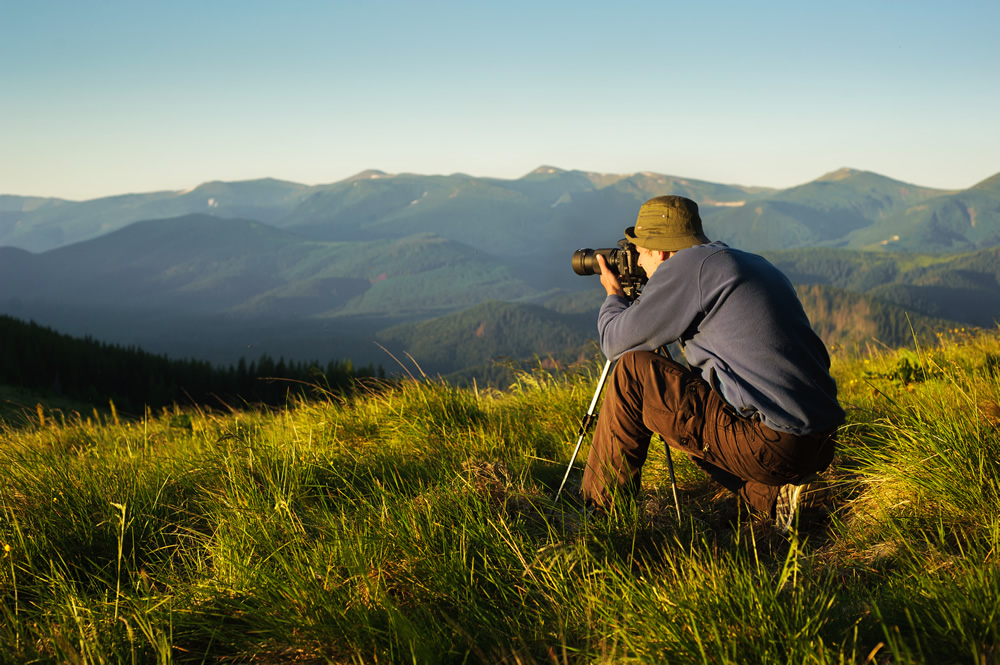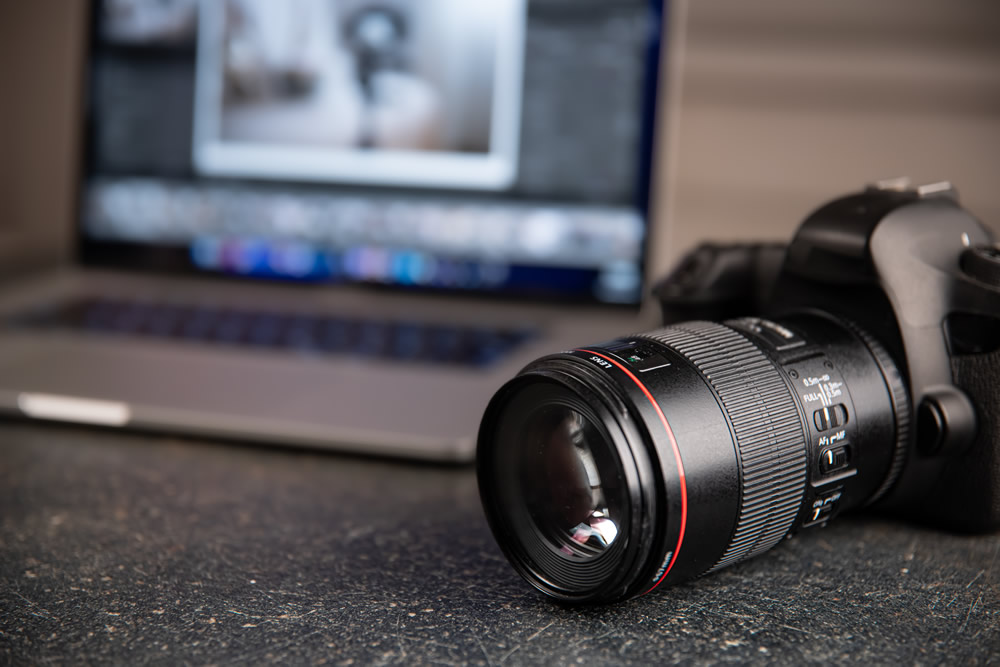A strong web portfolio is essential for any aspiring photographer. You can be a student, freelancer, or new to the field. Having a well-designed site will bring your activity to the attention of the individuals who can utilize it. A big portfolio of the material may appear to be a need for creating a photography website. However, you can successfully build a compelling site with as few as 20-30 photographs. An online project that just displays a tiny range of artwork is easy to navigate. It also provides people with a short summary of your background and what type of photography you provide.
You may get inventive with your site and turn it into an online photo journal or a gallery for a specific photo project. In this case, you are free to turn to photography website templates. What is more, you can keep it basic and just display your CV, contact information, and a couple of your finest photographs. The best website templates for photographers can assist you with this challenge too.

How to Make a Website to Sell Photography?
1. Focus on choosing the right domain name
The first step in creating a photography website is to come up with a name for it. Fortunately, purchasing a domain name is a rather straightforward procedure. For starters, generate a few concepts and then utilize a domain checker to see whether they are accessible for purchase.
Here are some suggestions for naming your site:
- Keep it brief and straightforward. Longer names may be more difficult to locate, and shorter names are faster for your visitors to memorize.
- Symbols and hyphens should be avoided. Do not make typing too complicated. People can also confuse random characters with other letters.
- Opt for a .com domain name. It is the most recognized TLD that will be a strong and appropriate choice for your website.

2. Get a high-quality web hosting provider
Then, you need to decide where your page will be hosted (where you will keep all of the files that comprise the site). This stage is critical for several reasons:
- It can have an impact on the speed and performance of your website. In their turn, these are critical for appearing in search engine results.
- It assists you in ensuring that your website is safe and ready to resist any possible attacks.
- It backs up your data and the entire site so that it is not totally destroyed because of unexpected attacks.
In addition to this, different web hosts provide varying degrees of service. It can be customer assistance or the ability to make adjustments to your site’s configuration (such as DNS settings). In general, you can concentrate on two variants.
- Shared web hosting is the least expensive option. It requires having the same services as other online projects.
- Dedicated hosting is much more pricey, but it gives you your own personal server. As a consequence, there is no need to compete with other websites. So, you will not face a decline in the site’s performance.

3. Make sure to get a multi-functional website platform
Are you looking for the answer to the question of how to create a website for photography for free? In this scenario, WordPress is for you. As one of the top CMS systems, it has the following benefits.
- The setup process is effortless. Manual installation should take no more than five minutes.
- It has a significant community. WordPress is supported by numerous enthusiasts and programmers from all around the world.
- No technical knowledge is required. While coding skills are advantageous, it is possible to get free photography websites with WordPress without writing a line of code.
- A lot of options and capabilities.
- A huge library of professional photography website templates free download is waiting for you. There are also multiple plugins to add new capabilities and enhance your content. You can also search for powerful add-ons and photography website templates on TemplateMonster Digital Marketplace.

4. Share engaging and valuable content
After getting an online project based on photography website templates, it is time to add content.
- An “About” page is a wonderful approach to adding a human touch to your site. You should explain to others how you got involved in photography. It is also possible to tell people how you overcame the most major hurdles you experienced. You may also provide info about yourself that is not linked to photography. Do not be hesitant to inform your viewers about your favorite places, countries you have visited, or dishes you enjoy.
- It is critical that you include a contact page on your photography website. You do not need to enter your home address or phone number. However, an email address is required at the very least. We also suggest that you put in a contact form to make it easier for people to contact you. Link your email address to this, and you will get all the requests in your inbox as they are submitted.
- It is optional to include a blog on your photography website. However, incorporating one (together with frequent posting) offers various advantages, including:
- enhancing your site’s reputation, allowing you to rank better in search results;
- improving your writing abilities, which are essential for advertising;
- inspiring and motivating your audience to improve their photography skills.
- When running a business, having samples of previous or current clients simplify it for people to want to deal with you. It gives social proof as well as proof of your expertise in your area. Using logos works especially effectively when your network expands and you partner with larger corporations. Always receive approval from the customer before using logos.
- Client reviews are a great way to provide social proof to your website. These are statements from people you have collaborated with that reflect your competence. Furthermore, they can provide the intended audience with an insight into your personal qualities. In other words, these are similar to recommendations for ordinary employment. If you perform an excellent job for a customer, they will gladly offer a reference.

5. Start promoting your site through multiple channels
- Obtain listing in photographer directories: Photographer directories can assist you in locating possible clients who are seeking a photographer. Signing up often involves costs, although it may be less pricey than you expect.
- Take advantage of social media: Photography is ideally suited to social media sites. Instagram is a strong lead generation platform for many photographers. Other social media channels, such as TikTok, Pinterest, and Facebook, may be effective tools for marketing your services. It works out if you are diligent, participate with your audience, and provide compelling material.
- Pay attention to paid advertising: After launching a photography business, Facebook ad campaigns are an excellent way to get started with paid advertising. One advantage is that the pricing is quite adaptable and may start for as low as a dollar. Facebook advertising provides a wealth of methods for targeting your ads to individuals who are most likely to be engaged in your services.
A Few Words in Conclusion
As a photographer, you understand how important it is to have an attractive and remarkable display of your finest work. It is something more than a space where you can post some favorite photos from the holiday. It is the image of your company that you can utilize to build your brand. We hope that you have understood how to create a website for photography business thanks to our short guide. Thanks for reading!










